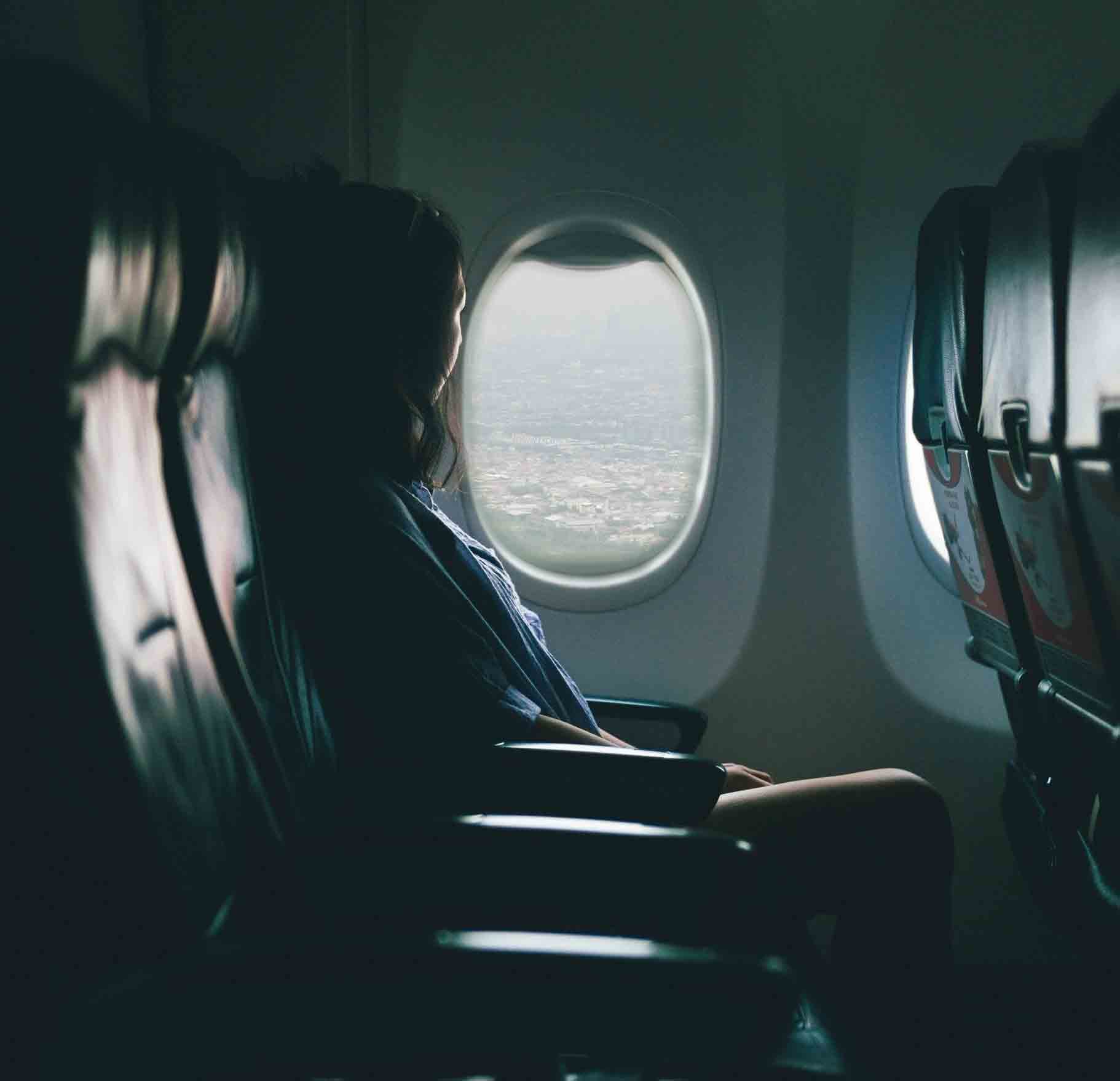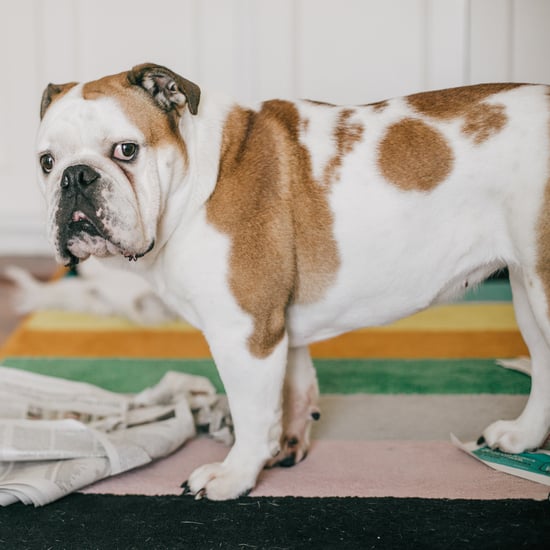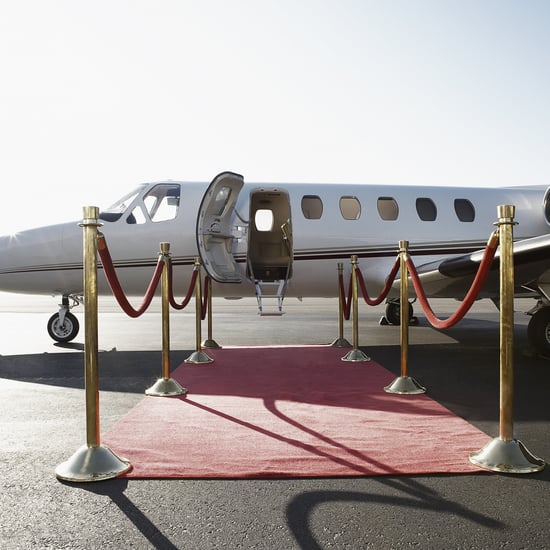Is It Safe to Fly With a Pet?
Everything You Need to Know About How to Fly With Your Pet Safely

The shocking death of a dog on a United flight, coupled with other unfortunate pet mix-ups, are enough to make anyone terrified to fly with their pets. But in some cases, it might be your only option. I never expected to bring my cat on an aeroplane, but when I found myself moving across the country she had to come along for the ride.
However, a quick Google search about flying with your cat or dog exposes horror stories of animals who were injured or even found dead after a flight.
According to Department of Transportation data, a total of 506,994 animals were transported by plane in 2017. 24 deaths, 15 injuries, and one loss were reported. United Airlines had the most incidences of death and injury across airlines that year.
While even one loss is devastating, a look at these numbers shows that the vast majority of pets do arrive safely. Those figures break down to just .79 incidents per every 10,000 animals transported. But even if these events don't occur often, it's enough to leave concerned pet parents wondering if it's worth taking the risk – especially if airlines aren't taking necessary safety precautions.
I spoke to Erin Ballinger, a pet-travel expert and editor at BringFido.com, to get some insight on flying with pets.
"I do believe that it's a safe mode of transportation for your pet," Ballinger says. "Despite all the recent incidents, airlines do have standards that they have to meet in the care and transport of animals."
What dangers do pets face while flying?
Most of the issues seem to occur when pets travel in the cargo area of the plane, where they are susceptible to factors like extreme temperatures, low air pressure, and turbulence. Air travel is also unpredictable. Something like a long delay on a very hot day could potentially create an unsafe situation. Only service animals or smaller pets who fit under the seat can fly with you in the cabin, which is typically safer and allows you to keep a closer eye on them.
In light of recent events, PETA argues that all airlines should ban the transport of animals in cargo, since airlines can't guarantee a safe and stress-free trip for animals. They urge owners who can't fly with their animals in the cabin to drive or find someone to care for their pets while they travel.
How can I ensure my pet's safety?
There's a lot to consider when deciding if it's safe to take your pet on a plane – it's not a simple yes or no answer. If you do decide to fly with your pets, there are key steps you can take to make it a safer experience.
- You should always schedule an appointment with your vet to have them check out your pet before you fly. Animals who aren't in good health may be at a greater risk and may be refused by the airline. Your vet can provide a health certificate indicating that they provided the OK to fly, which may be required for certain airlines and destinations.
- You may assume that medication is a safe way to keep your pet calm. However, this isn't necessarily the case. "You may want to take a Valium yourself during your flight," Ballinger says, "But it's not a good idea to give your pet a tranquilizer because you're nervous." Sedatives can affect breathing and ability to balance in both cats and dogs, therefore you should only use them if it's medically necessary and prescribed by your vet.
- Take the time to fully understand your airline's regulations – policies and procedures differ on each carrier. Speak to an employee to get the details about where you drop off and pick up your pet, and what to expect each step of the way. Find out who you can contact with questions and in case of an emergency.
- Book direct flights when possible to shorten your pet's travel time, and to reduce the potential for long delays and mix-ups while waiting for a layover. Also, plan to fly in the morning or evening during the Summer, or mid-day during Winter to avoid extreme temperatures.
- Purchase a carrier or crate that is rated for safety and durability and has proper ventilation. It must be large enough for the animal inside to stand, turn around, and lie down comfortably. The airline can refuse transport if your pet doesn't fit properly.
How can I prepare to fly with my pet?
According to Ballinger, not being prepared is the biggest mistake people make when travelling with a pet. To help avoid these pitfalls, she shares some more things you can do ahead of time to anticipate your pet's needs.
- Buy a carrier early and give your pet time to adjust to it in your home. Many animals associate their carrier with stressful experiences, like the vet, which means they may be even more anxious while travelling.
- Put a worn t-shirt or scarf in the carrier so your pet can be comforted by your scent.
- When checking your pet in cargo, leave dishes in the carrier so an employee can provide fresh food and water in the event of a delay.
- Give dogs in particular lots of activity the day before their trip so that they're more likely to rest and fall asleep on the flight.
Is anything being done to make pet travel safer?
United is temporarily suspending new reservations for pets travelling in cargo until they can consult with pet safety experts. They also plan to use a brightly-coloured bag tag to identify pets brought on as carry-ons.
New tech innovations and airline service offerings may further reduce risks and give pet owners additional options in the future.
Information technology company Unisys recently launched DigiPet, a tracking system that allows customers to more closely monitor their pets while in cargo. Using an app and sensors on the crate, it measures location, oxygen level, temperature, and light, and sends an alert to the pet owner and airline if there are issues. Eventually, they plan to roll out features where you could see and talk to your pet through voice and video tools.
Some smaller airline companies, like PetAirways, offer pet-specific flights that allow animals to fly in the cabin rather than cargo, and other services are becoming available for people to fly privately with their pet to avoid the stress of the airport.
Luckily my cat is small and could stay with me during the flight. While she handled it well, it was nerve-wracking seeing her stressed during takeoff and turbulence, and I can only imagine how nervous I would have felt if she wasn't with me but was instead in cargo.
You can't control exactly what will happen on a flight, or how your pet will react to it. But if you're prepared and do your homework, you can take steps to make it a safer and less stressful experience.






